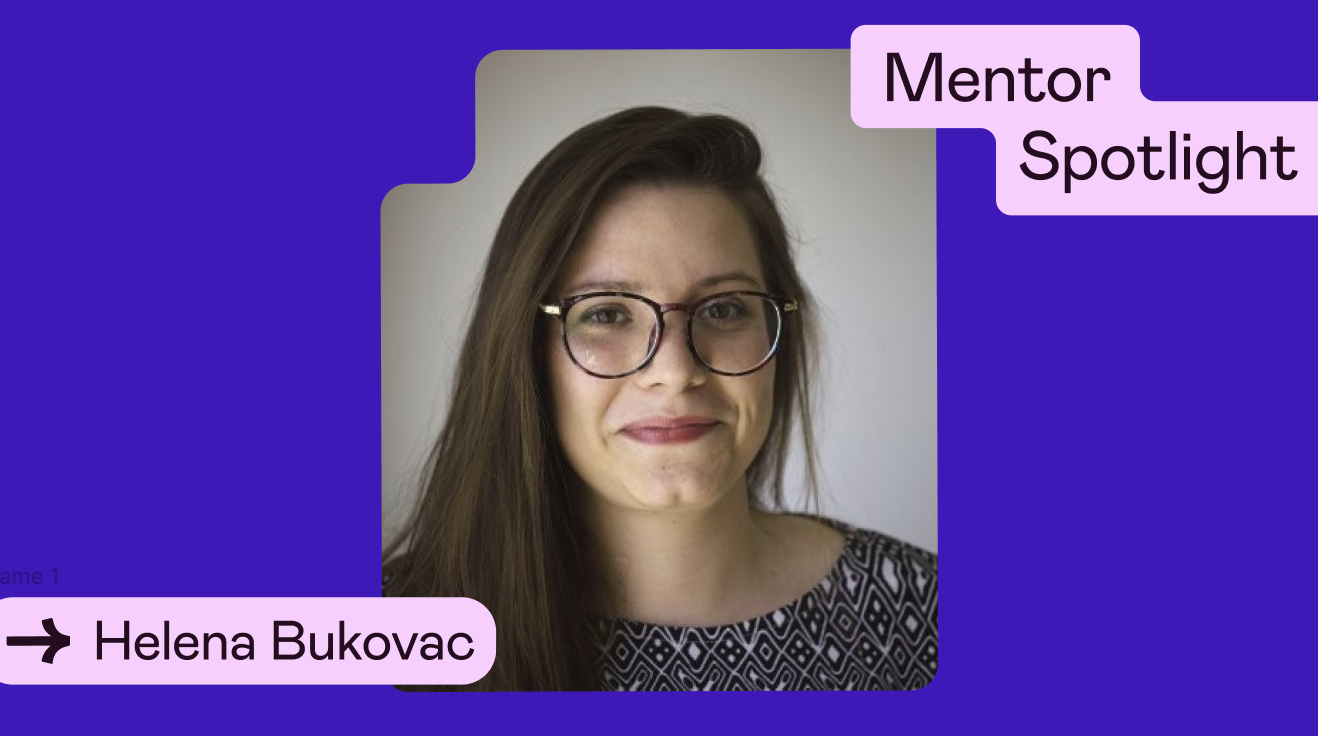“One of the biggest problems I see with people who want to get into design is they think it’s much harder than it actually is. It’s a career that you can try really easily without taking a big risk,” says Designlab mentor Ryan Brock. And Ryan should know. His own journey as a designer has been filled with trying, exploring, and doing.
As a teenager Ryan was into electronic and experimental music. He wanted a website for his music and set out to do it himself. “You could think really fresh because a lot of things hadn’t been done before [on the Internet],” which allowed him to experiment and learn rapidly. His learning led him taking on freelance work for a small web design company.
Because so much of his experience was self-taught, Ryan wanted to push himself to learn more. He enrolled in a university level design program, but as he progressed through the courses, he started questioning whether or not he was learning anything new. Ryan left academia feeling a “bit failed by the school system,” but continue to take on all kinds of paid work.
If you’re looking to make a career pivot to design, and don’t want to go through a traditional design education, Ryan has a lot of great advice for making the leap based on his own experiences:
-
Research: “A lot of the design process is research, and you can apply that towards your own career.” One research activity that Ryan recommends is checking out designers’ portfolio websites to see the variety of design career options available and to get a better eye for industry standards in design.
-
Just Start Making: It’s no surprise that Ryan doesn’t encourage aspiring designers to sign-up for a long, traditional academic program. He reminds beginners that It’s possible to “just start doing” design work. “Just go intern somewhere or mentor under somebody,” he advises. “There’s such a high demand that some companies will pay you to learn on the job,” he says.
-
Take Advantage of Free Tools: If you’re new to design, you don’t need to spend a lot of money. Ryan says, “There’s tons of stuff you can use for free.” All Adobe products have a one-month free trial. Now that he’s a mentor of Designlab, he recommends it because the “barrier is so low” in terms of joining and starting to design immediately.
-
Build Your Confidence: His Designlab students “don’t expect that they’re going to be doing wireframes or hierarchy of typography” right away, Ryan says. Students quickly “see all the building blocks come into place.” Because the pace is fast, he knows it’s important for students to build their confidence as quickly as possible. So how does Ryan put this into practice as a mentor? When Ryan gives feedback, he “always start[s] with something positive.” He says, “Even if the whole design is off, I can acknowledge the process rather than the end result.” He knows that it’s easy to get defensive, and he gives students strategies for setting themselves apart from their work.
“The field of design as a career is kind of odd because it never really stays static. I entered the field thinking I’d be a graphic designer making cool art that helps people or makes business function. I’m still learning stuff all the time,” says Ryan, who is back to freelancing for a variety of projects and companies. What he’s working on varies - from UI design for government websites, to working on a mobile app for kids, to creating interactions for a 13 foot by 40 foot digital screen.”
Ryan is still experimenting in his own design career. “There’s a variety of cool problems to solve out there,” he says, and Ryan is focusing on work that matters to him. One of his current clients is the Anita Borg Institute, which helps attract and keep women in computing careers. “The more diversity in the workplace the better,” he says. In terms of choosing work, he acknowledges “There’s a lot of responsibility. Companies are taking design more seriously. The career of a designer is coming into its own.”
Check out Ryan’s recent work on his portfolio site.



.svg)









.jpg)
.jpg)



